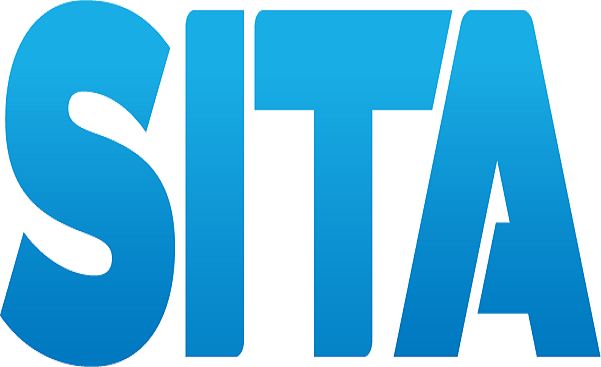Société Internationale de Télécommunications Aéronautiques (SITA) shed new light on how technology is helping airports and airlines safely resume operations and help implement new hygiene measures to restore passenger confidence after a lengthy shutdown due to the COVID-19 pandemic.
Sebastien Fabre, Vice-President Airline & Airport, SITA, said: “The past few weeks have seen airlines across the globe tentatively take to the skies. This is reflected in resumption in activity across our network and improved baggage volumes, up 55% month-on-month in May where volumes were at a record low.”
 “Our industry must transform the passenger experience to increase traveler safety while balancing economic pressures from slow customer demand. To successfully walk this tightrope and navigate a return to the skies for viable volumes of passengers, airports and airlines need to assimilate new information from governments and health officials, adapt operations immediately and automate processes permanently,” Fabre said.
“Our industry must transform the passenger experience to increase traveler safety while balancing economic pressures from slow customer demand. To successfully walk this tightrope and navigate a return to the skies for viable volumes of passengers, airports and airlines need to assimilate new information from governments and health officials, adapt operations immediately and automate processes permanently,” Fabre said.
SITA has introduced solutions that allow passengers to use their mobile device as a remote control for touch points such as self-bag drop and check-in kiosks, removing the need to touch any airport equipment. “For example, at San Francisco Airport, we have SITA Flex which in future will enable a full mobile and touchless passenger journey. This means travelers can print bag tags from their mobile phone on self-service bag points,” added Fabre.
He noted that technology would be fundamental in helping airlines and airports to be compliant with new and fast-changing regulations to restore passenger’s confidence in flying. New preventive measures aimed at limiting risk in the airport and onboard will require a new approach to passenger management.
Fabre stated that SITA was rapidly rolling out new solutions that address the above challenges, complementing short-term hygiene measures such as the use of masks and gloves. These solutions center on Distancing, Hygiene and Sanitation.
Jeremy Springall, Vice-President Border Management, SITA, said: “We are seeing specific regions wishing to allow limited movement within zones first, for example, the trans-Tasman bubble. For governments, this requires an information-driven approach based on real-time data and responsiveness to handle rapidly changing situations.”
“A critical element will be for governments to harmonize the approach to checking the validity of health status and sharing this information effectively. Many governments are taking a layered approach to border management, starting well in advance of travel, to identify high-risk passengers before arrival in the destination country, in turn easing the restrictions for low-risk travelers. It’s crucial that health checks in terms of a health ETA or declaration are performed, perhaps up to 72 hours before departure. We’re already starting to see this happen around the world in countries like Thailand and Singapore.”
Springall noted that SITA has been supporting governments around the world to adapt their Advance Passenger Processing pre-clearance checks in support of COVID-19. For example, during the early part of the pandemic, SITA was able to support a South American airport stop passengers from high-risk countries check-in to their flights.

